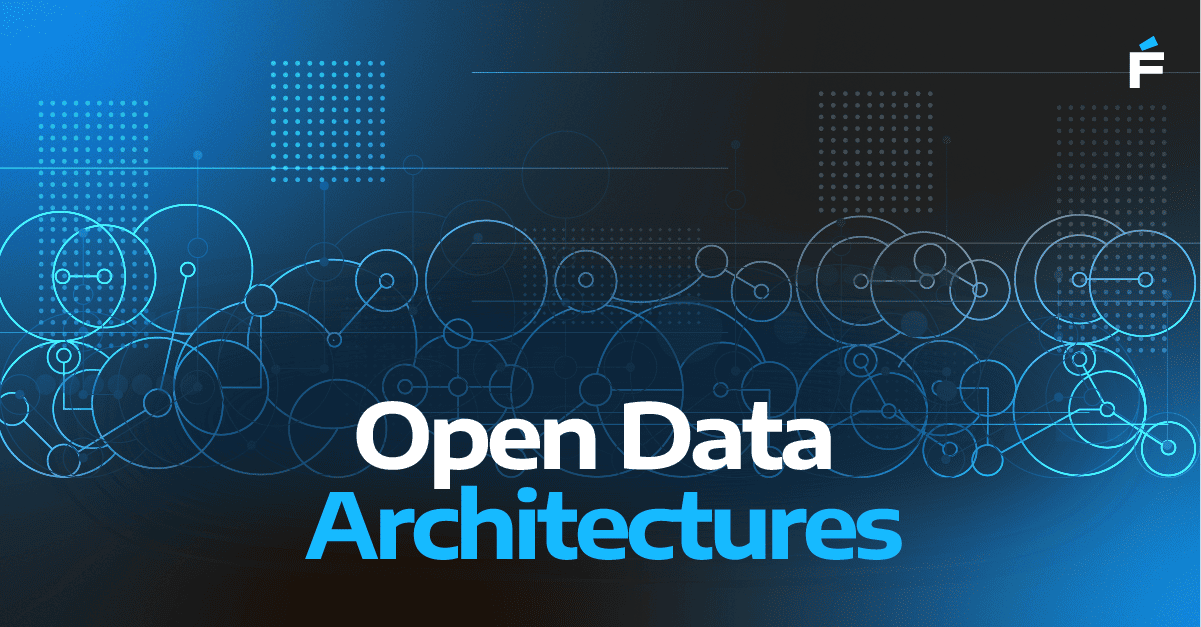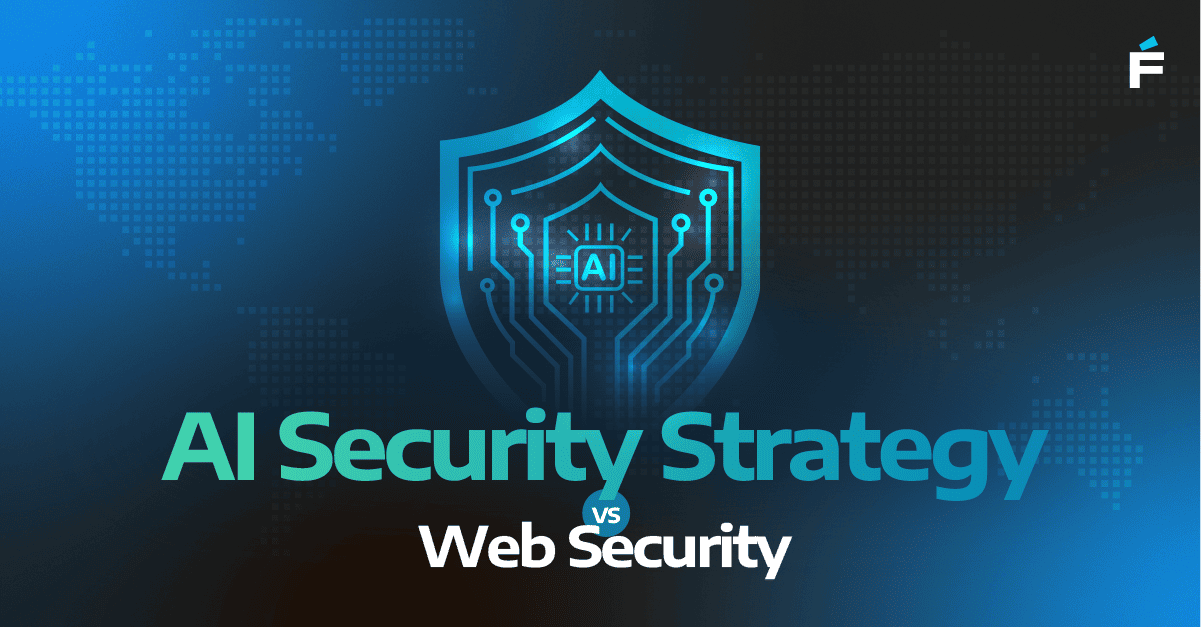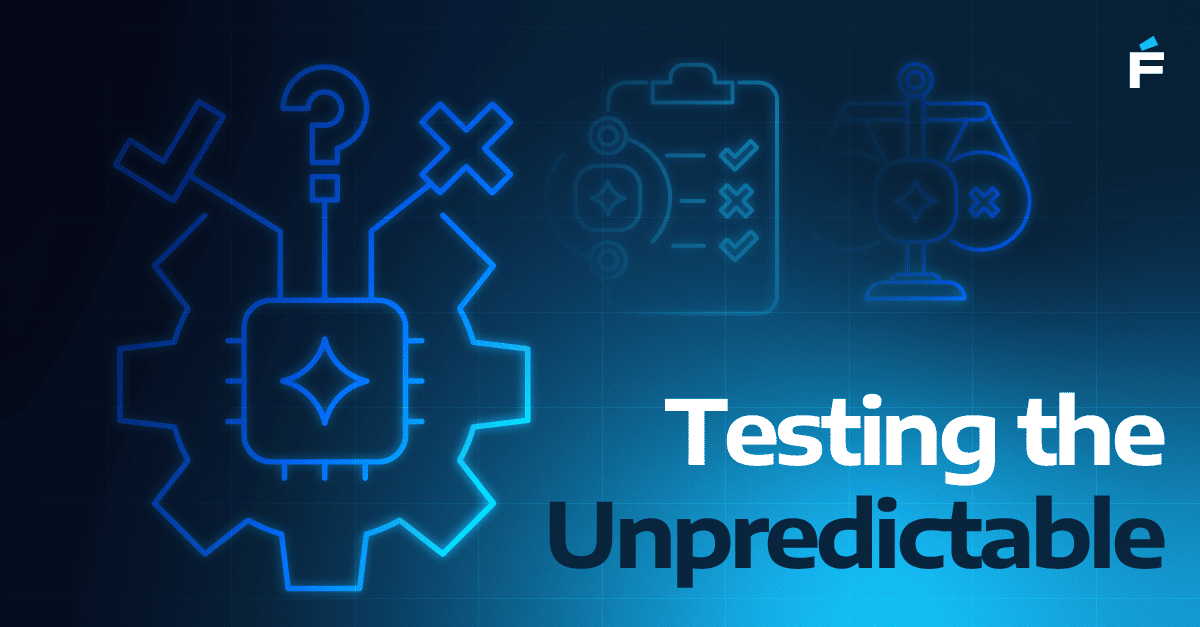In the rapidly evolving landscape of AI, interoperability among agents is becoming a cornerstone for enterprise innovation. Google's recent announcement of the Agent2Agent (A2A) protocol marks a significant stride toward seamless collaboration among AI agents across diverse platforms. As CTOs chart the course for their organizations’ AI strategies, understanding A2A's capabilities—and how it contrasts with Anthropic's Model Context Protocol (MCP)—is essential.
Understanding A2A: A New Paradigm for Agent Collaboration
A2A is an open protocol designed to enable AI agents to communicate, coordinate, and collaborate—regardless of their underlying frameworks or vendors. This initiative, backed by over 50 technology partners including Atlassian, Box, and Salesforce, aims to dismantle the silos that often hinder enterprise automation.
Key Features of A2A:
- Agent Cards: Agents can advertise their capabilities using JSON-formatted "Agent Cards," facilitating dynamic discovery and task delegation.
- Task Management: A structured approach to task lifecycle management allows agents to handle both immediate and long-running tasks with real-time updates.
- Modality-Agnostic: Supports various communication forms—including text, audio, and video—ensuring flexibility in agent interactions.
- Built on Existing Standards: Utilizes familiar protocols such as HTTP, SSE, and JSON-RPC, simplifying integration into existing IT infrastructures.
- Secure by Default: Incorporates enterprise-grade authentication and authorization mechanisms, aligning with OpenAPI authentication schemes.
This protocol is poised to revolutionize how AI agents interact within enterprise ecosystems, promoting a more cohesive and efficient operational environment.
Contrasting A2A with MCP: Complementary Tools for AI Integration
While A2A focuses on agent-to-agent interoperability, Anthropic's Model Context Protocol (MCP) addresses the integration of AI agents with external tools, systems, and data sources. MCP provides a standardized, model-agnostic interface for AI assistants to access resources, execute functions, and handle contextual prompts.
Key Aspects of MCP:
- Client–Server Architecture: Decouples AI assistants from backend services, facilitating modular and scalable integrations.
- Resource and Tool Discovery: Enables AI agents to dynamically discover and interact with various resources and tools through standardized schemas.
- Security and Permissions: Employs a host-mediated security model with sandboxing and encrypted communications to ensure secure interactions.
- Multi-Modal Transport: Supports diverse communication protocols, including stdio and HTTP with Server-Sent Events, accommodating various deployment scenarios.
MCP serves as a foundational layer for AI agents to interact with the broader digital environment, complementing A2A’s focus on inter-agent communication.
| Feature / Protocol | A2A (Agent2Agent) | MCP (Model Context Protocol) |
|
Primary Purpose |
Enables collaboration and communication between agents |
Connects agents with external tools, APIs, and data |
|
Architecture |
Decentralized, peer-style messaging |
Centralized, server-mediated communication |
|
Discovery Mechanism |
Agent Cards (JSON descriptors for capabilities) |
Tool & resource registry with type-safe schemas |
|
Protocol Stack |
HTTP, JSON-RPC, SSE |
stdio, HTTP, Server-Sent Events |
|
Security Model |
Built-in authentication and authorization, OAuth | Host-managed, sandboxed tool execution |
|
Focus |
Task lifecycle management, real-time collaboration | Resource invocation, prompt augmentation |
|
Use Cases |
Scheduling, workflow chaining, multi-agent systems | Contextual tool use, API calls, data retrieval |
|
Modality Support |
Text, audio, video | Primarily text-based (model input/output) |
|
Interoperability |
Cross-vendor agent coordination | Model-agnostic integration with enterprise resources |
|
Vendor Backing |
Google, Salesforce, Box, and others | Anthropic, with open specification |
Strategic Implications for CTOs
For CTOs, the advent of A2A and MCP represents an opportunity to architect AI systems that are both collaborative and integrative. By leveraging A2A, organizations can enable their AI agents to work in concert, enhancing productivity and innovation. Concurrently, MCP facilitates the seamless integration of these agents with the necessary tools and data sources, ensuring that AI initiatives are grounded in the organization’s operational reality.
Considerations:
- Holistic Integration: Combining A2A and MCP can lead to a robust AI ecosystem where agents not only collaborate effectively but also have access to the tools and data they need.
- Vendor Neutrality: Both protocols are open standards, reducing dependency on specific vendors and promoting flexibility in technology choices.
- Scalability: The modular nature of these protocols supports scalable AI deployments, accommodating growth and evolving business needs.
- Security and Compliance: Built-in security features align with enterprise requirements, aiding in compliance and risk management.
The integration of A2A and MCP into enterprise AI strategies offers a pathway to more dynamic, responsive, and intelligent systems.
The integration of A2A and MCP offers a new architecture for dynamic, responsive, and interoperable AI systems. As you evolve your enterprise AI strategy, consider piloting these protocols in isolated use cases—such as multi-agent scheduling or secure tool invocation—to evaluate fit. If you're already experimenting with agent frameworks or planning AI-driven system modernization, we’d be happy to share what’s worked across teams we've advised.
Talk your AI strategy with our CTO: Schedule time with Lucas Hendrich




